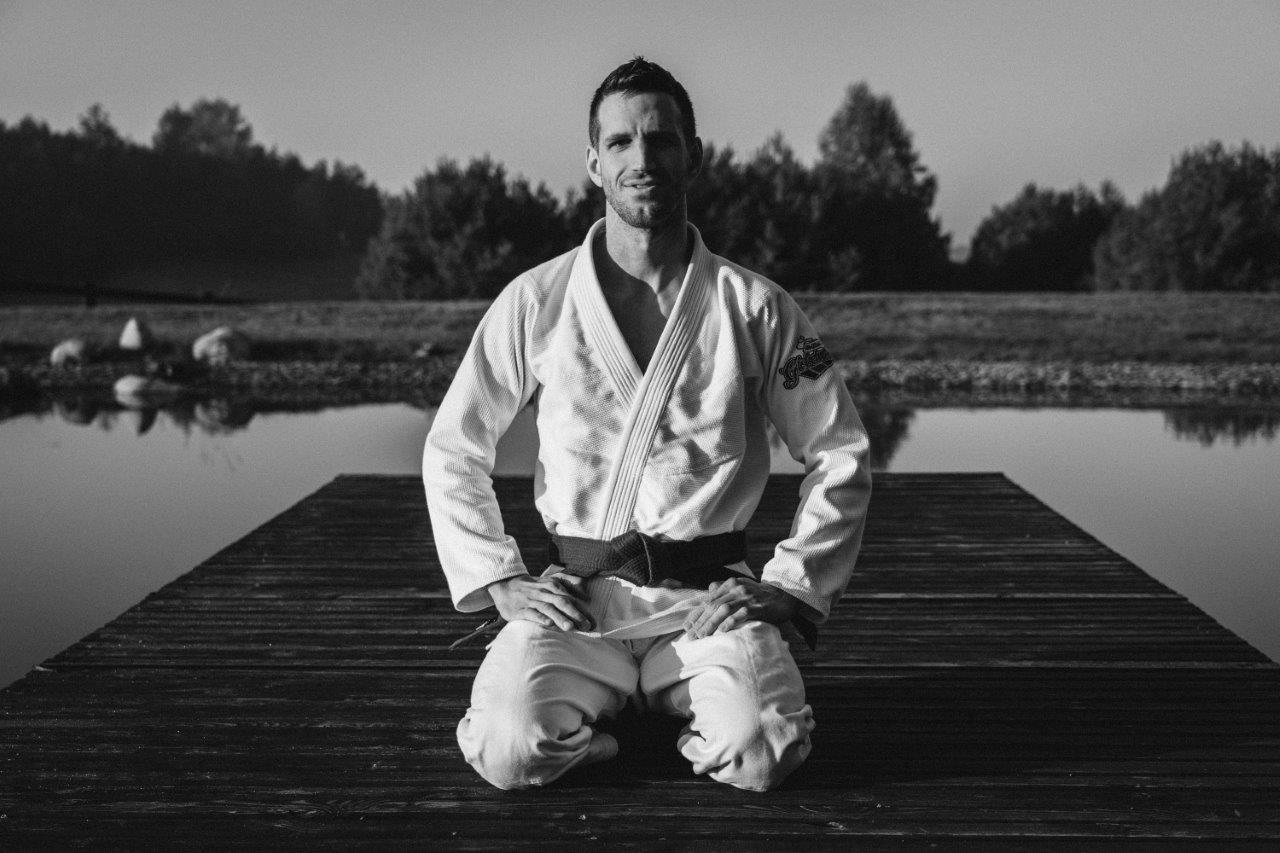Yōshin-ryū, What’s in a Name?
Blog by Sebastiaan Fransen, 5th dan Judo
https://www.spfransen.nl/yoshin-ryu/
‘Judo’ consists of the characters 柔 (jū) and 道 (dō). It is commonly translated as “the gentle way.” This references the history of Judo, which evolved from jujutsu. To clarify ‘jū,’ you frequently hear the story of the willow. This story also appears in Yōshin-ryū (楊心流) and is described in works like “Hidden in Plain Sight” by Ellis Amdur and “Judo, Step by Step” by Wil Lüschen.
The Origin of Yōshin-ryū
Yōshin-ryū, or the “School of the Willow Heart,” is a collective name for several classical martial arts from Japan’s Edo period. One of the most renowned schools within this tradition was founded in Nagasaki by Akiyama Shirōbei Yoshitoki.
The story has multiple variations but generally goes as follows: Akiyama, a physician, traveled to China to study medicine. Tradition holds that he also learned three techniques from the Chinese martial art hakuda (or kenpō) and 28 methods for resuscitation from severe injuries.
Returning to Japan, he opened a dōjō but initially saw limited success with only three techniques. Akiyama decided to meditate for 100 days at the Tenjin shrine. During a snowstorm, he observed a pine and a willow tree. The pine branches broke under the snow’s weight, but the willow branches yielded, shedding the snow effortlessly. From this insight, Akiyama created numerous kata and established Yōshin-ryū.
The Strength of a Willow
An interesting aspect of this story is the emphasis on the yielding nature of the willow. Ellis Amdur, however, rightly notes that this interpretation might overlook an essential phenomenon: the willow doesn’t merely yield. Observe how the branch sheds the snow and “springs” back. This reveals subtle, explosive power.
How does this phenomenon translate into Yōshin-ryū and other martial arts? A fundamental principle of judo is seiryoku zen’yo, or maximum efficiency with minimal effort. Is maximum efficiency always about yielding? Can one use the subtle, explosive power demonstrated by the willow branch and still uphold judo principles? What exactly is the meaning of 柔 (jū)?
The Relationship Between Judo and Yōshin-ryū
A noteworthy detail is that Kōdōkan Judo draws inspiration from Kitō-ryū (起倒流) and Tenjin Shin’yō-ryū (天神真楊流). Tenjin Shin’yō-ryū itself is a combination of Yōshin-ryū and Shin no Shintō-ryū (真之神道流).
Notice the kanji ‘楊,’ appearing in both Yōshin-ryū (楊心流) and Tenjin Shin’yō-ryū (天神真楊流).

